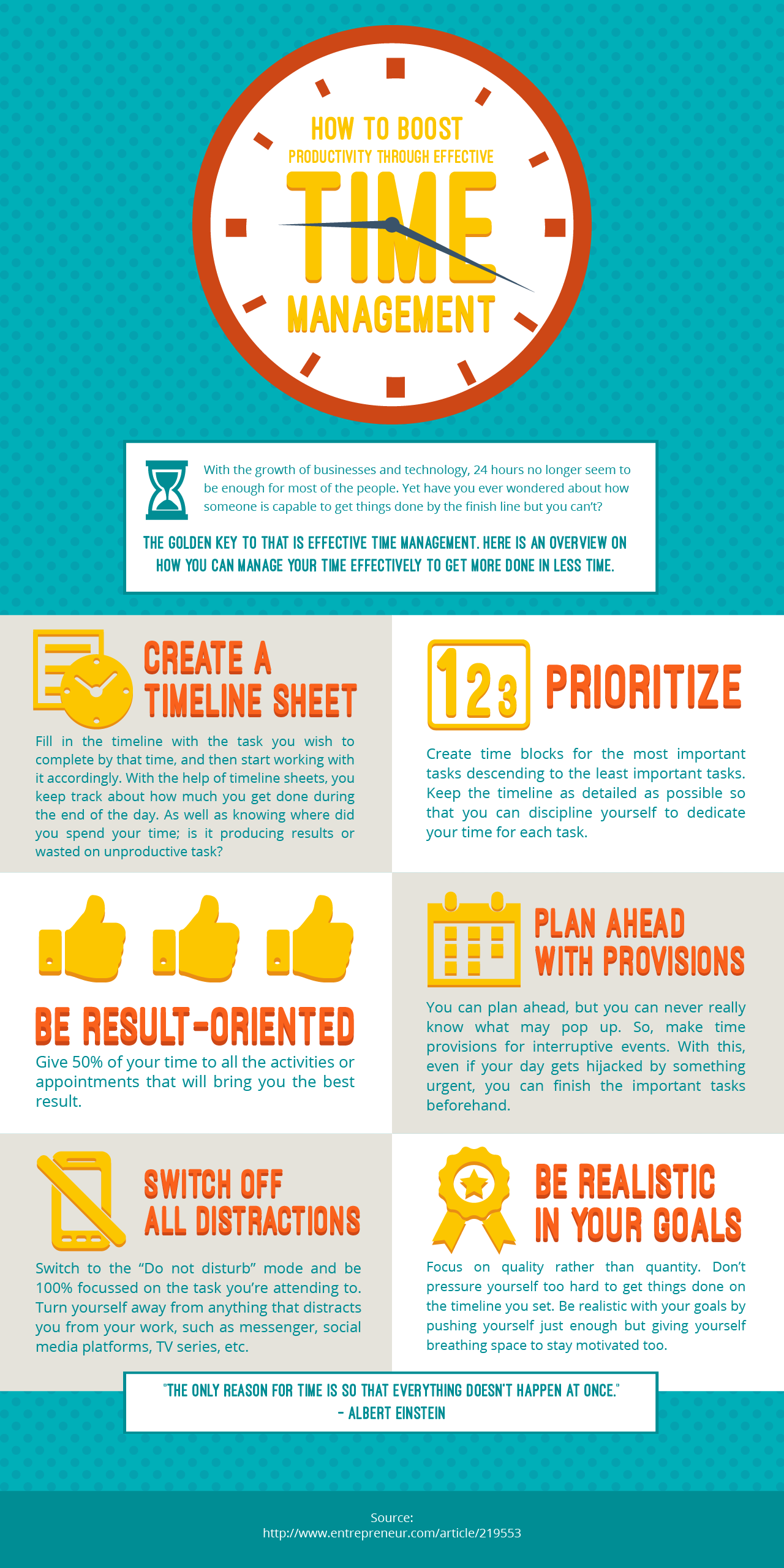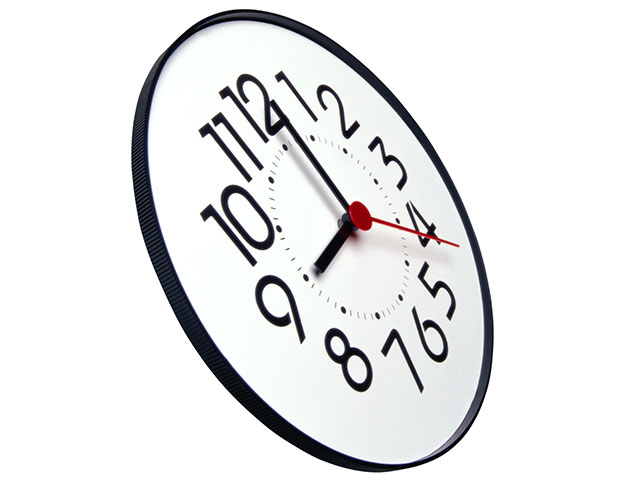With so many social networking sites these days, it is normal to compare two of the biggest platforms—Facebook and LinkedIn. Since Facebook announced that it was creating a platform for professionals, the comparison has escalated even more. Although they appear to be similar in objective, which is to connect people through networking, they have varying functions and uses among their members.
By The Numbers
As of this writing, LinkedIn has 300 million registered users while Facebook has 1.35 billion members.
LinkedIn employs around 3,100 employees and Facebook has approximately a 6,800 headcount. The yearly revenue of LinkedIn is $1.5 billion while Facebook’s is $7.8 billion.
LinkedIn enjoys 187 million monthly visitors while Facebook has 250 million. As for the gender of these monthly visitors, 57% of LinkedIn’s frequent guests are female while the remaining 43% are male. On Facebook’s side of the fence, it has a 50% – 50% split between male and female monthly visitors. Majority of its monthly visitors are aged 35 years old and older—at 66% for LinkedIn and 80% for Facebook.
LinkedIn has 4 million registered business pages while Facebook has 25 million. With regards to paid advertising, Facebook charges around $3 for cost per impression (CPM) while LinkedIn marketing rates go for around $2 for cost per 1,000 impressions.
An In-Depth Look
Today, $120 billion makes up a fragmented recruiting and hiring industry. Since 50% of the company’s profits come from hiring solutions, LinkedIn is carving a niche out of this segment and focusing on their influence as a corporate recruitment platform.
The company is continuously developing LinkedIn marketing tools that ultimately help other companies find the perfect candidate or let professionals follow the job vacancy trail. Because of this specialized focus, LinkedIn is becoming a rolodex for existing and prospective business contacts.
The company’s strength lies in its position as the number one professional networking site in the world. But it seems majority of LinkedIn members are 40 years old and above who are college degree holders with white collar jobs. Although this is a great demographic, it poses as a risk as well since it limits younger blue collar workers from creating a profile online.
In comes Facebook.
Facebook’s platform is designed to let people communicate and share information with each other, sans the serious trappings of career and professionalism. At its core, Facebook is a social platform that encourages its users to share or post. Similar with LinkedIn, the very strength of Facebook is also its weaknesses since there are risks involved when one overshares information.
While there is no limit to the connections to be made at LinkedIn (there is a tendency to be connected with just about anyone), it was found that Facebook users tend to be ‘friends’ with people they know quite well.
For The Better
All in all, though members use LinkedIn or Facebook differently, there is no denying the good it has brought about.
In a lifetime, job and or career switching happens around seven times while transferring to new cities is not farfetched. The process of trying to pick up where you left off, making new friends and putting together your contact list again is definitely something to be grateful to Facebook and LinkedIn for.










